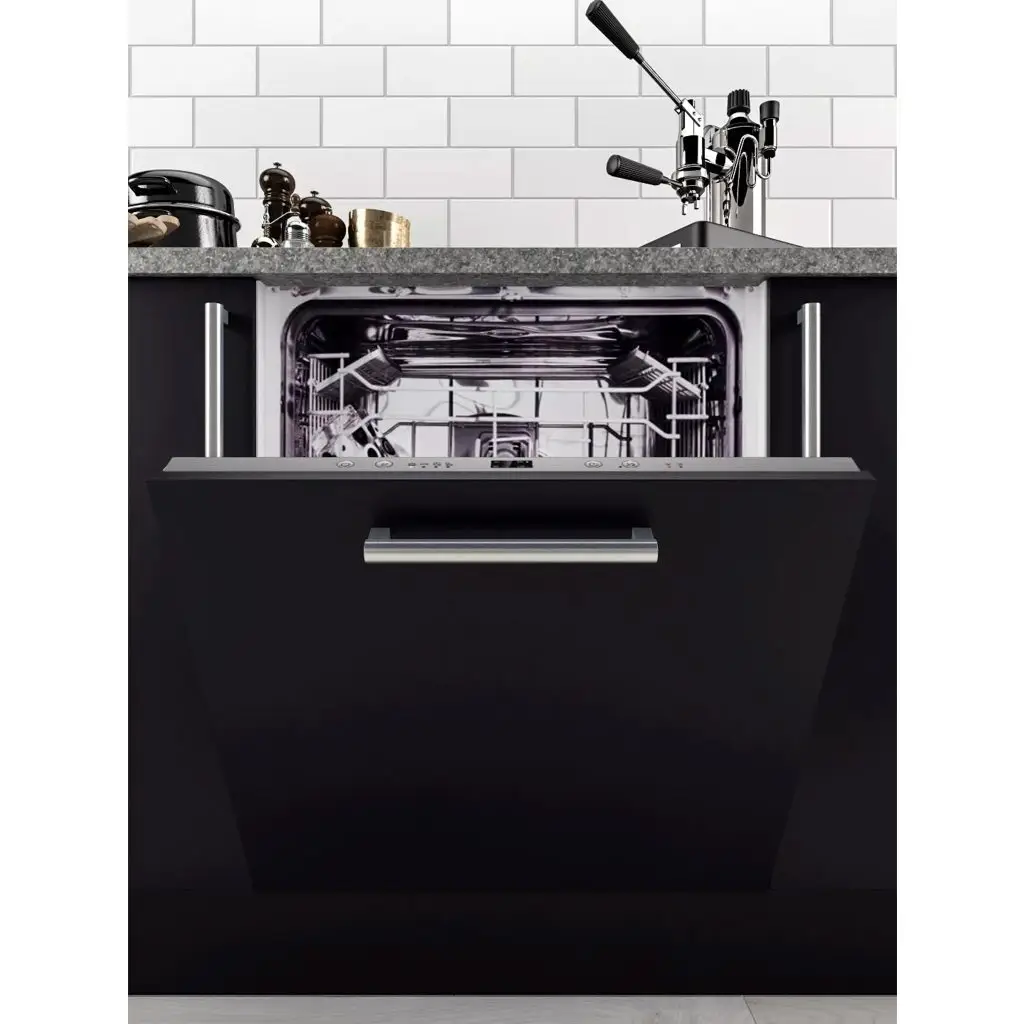
Why Is My Dishwasher Not Drying Properly?
You open the door, the cycle is finished, but the plates are still wet and the plastics are dripping. If your dishwasher isn’t drying as expected, there’s usually a clear cause—often simple to fix. This guide explains what’s happening inside the machine and how to get reliably dry results again.
Most models remove moisture using gentle heat and airflow, or by a process called condensation drying Moist air cools on the stainless-steel walls, turning into water that drains away. It works best with rinse aid and space between items. . Below, you’ll find the most common reasons for poor drying and the quickest fixes.
Common Reasons Your Dishwasher Isn’t Drying
Several everyday issues can reduce drying performance. Start with these quick checks before assuming there’s a fault.
Overloaded or Poorly Loaded Dishwasher
- Items touch or nest, blocking air circulationWarm air needs clear pathways to evaporate moisture from surfaces. Leave gaps between plates and bowls. and heat flow.
- Large trays on the bottom rack can shield the heating zone and trap moisture above.
- Angle concave items (mugs, bowls) so water drains off rather than pooling.
Rinse Aid Empty or Set Too Low
- Rinse aid reduces water surface tension so droplets sheet off for faster drying.
- Top up the dispenser and set the dosage to medium; increase one step if droplets persist.
- Use quality detergent and keep salt levels correct to prevent filming that holds moisture.
Plastic Items Stay Wet
- Plastic retains less heat than glass/metal, so it evaporates moisture more slowly.
- Place plastics on the top rack and tilt them; open the door at cycle end to vent steam.
Door Doesn’t Open at the End of the Cycle
- Models with auto-door openingA feature that pops the door open slightly at programme end to release steam and speed up drying. vent steam to boost drying.
- If the door doesn’t pop or you disable the chime, steam may stay trapped inside.
- Manually crack the door when the programme finishes to let moisture escape.
Faulty Heating Element, Fan, or Vent
- No residual warmth after a long cycle can indicate a heating issue.
- Persistent foggy steam on opening suggests a fan/vent problem preventing exhaust.
- Listen for the fan near cycle end; silence may point to a failed component.
How to Improve Your Dishwasher’s Drying Performance
Before calling a technician, try these practical steps to help your dishwasher dry dishes more effectively.
- Always use rinse aid and check it’s topped up to the correct level.
- Space items evenly so warm air can circulate freely.
- Angle cups and bowls to let water drain off instead of pooling.
- Place plastics on the top rack away from direct heat for better evaporation.
- Use your dishwasher’s Extra Dry or Intensive Dry function if available.
- Once the cycle finishes, leave the door slightly open for 10–15 minutes to release steam.
When It Might Be a Technical Fault
If your dishwasher has always dried well but suddenly leaves everything damp, there could be a mechanical or electrical issue. Below are the most common fault signs and what they mean.
Signs of a Faulty Heating Element
- Dishes and interior surfaces feel cold even immediately after a full cycle.
- Water may not reach proper wash temperatures, affecting cleaning as well as drying.
- The cycle finishes unusually fast, suggesting the heat stage was skipped.
Signs of a Faulty Fan or Vent System
- Visible steam clouds when the door opens, indicating trapped condensation.
- Heavy water droplets forming on the inner door or racks after drying finishes.
- Fan noise missing at the end of the cycle can point to a failed motor or blocked vent.
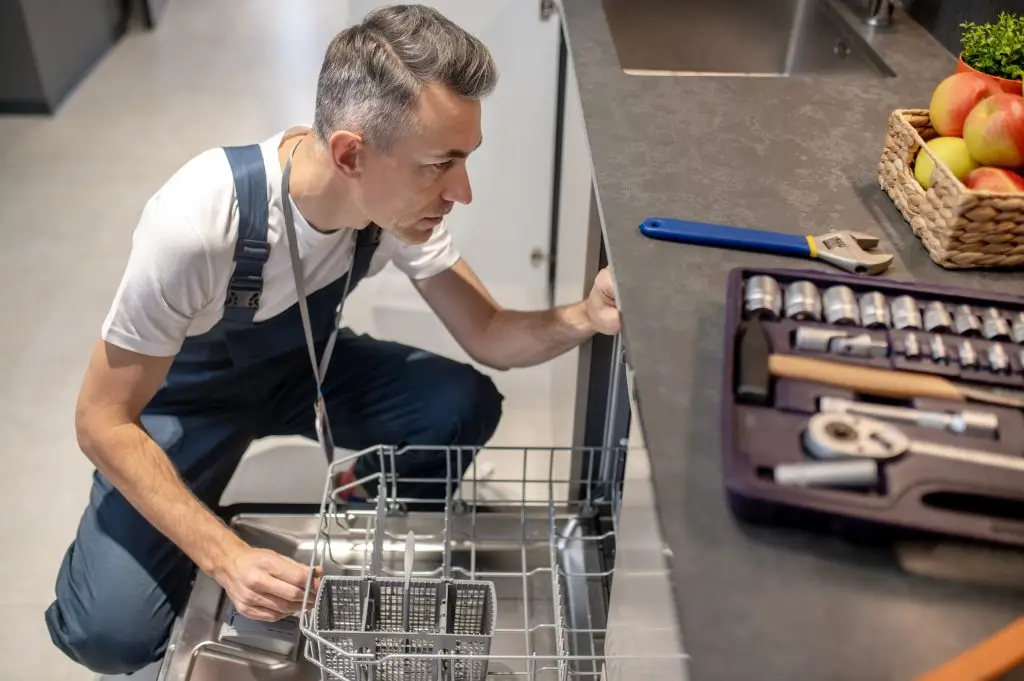
Preventing Future Drying Problems
A few simple habits can keep your dishwasher drying efficiently for years to come. Regular care ensures heating elements, sensors, and vents continue to perform at their best.
- Clean filters and spray arms monthly to maintain strong water flow and even heating.
- Keep the rinse aid dispenser topped up and salt levels balanced to prevent residue buildup.
- Avoid overloading or blocking vents so air can circulate freely around dishes.
- Run an empty cycle with a dishwasher cleaner once a month to remove grease and limescale.
- Leave the door ajar after each cycle to release moisture and protect seals from mould.
Frequently Asked Questions
Conclusion
In most cases, when a dishwasher fails to dry properly, it’s due to a simple issue like incorrect loading, low rinse aid, or trapped moisture. Checking these basics can quickly restore your appliance’s performance without the need for repairs.
However, if your dishes remain cold and wet after every cycle, there could be a fault with the heating element or fan system. Always unplug the appliance before inspecting any internal parts, or contact a professional engineer for safe diagnosis.
For the best results, follow a consistent maintenance routine — clean filters, top up rinse aid, and allow airflow after each wash. These small habits will keep your dishwasher running efficiently for years to come.
If you’re ready to upgrade to a more efficient model, explore the full range of CATA dishwashers designed for spotless cleaning and perfectly dry results every time.
- All Posts
- Cooker Hood Guides & Advice
- Dishwasher Guides & Advice
- General Appliance Guides & Advice
- Hob Guides & Advice
- Laundry Guides & Advice
- Microwave Guides & Advice
- Oven Guides & Advice
- Wine Cooler Guides & Advice
Learn what dishwasher salt and rinse aid do, why they matter, and when to refill them for the best cleaning...

Learn how to cook the perfect jacket potato with crispy skin and a fluffy centre. Quick, simple steps for oven...
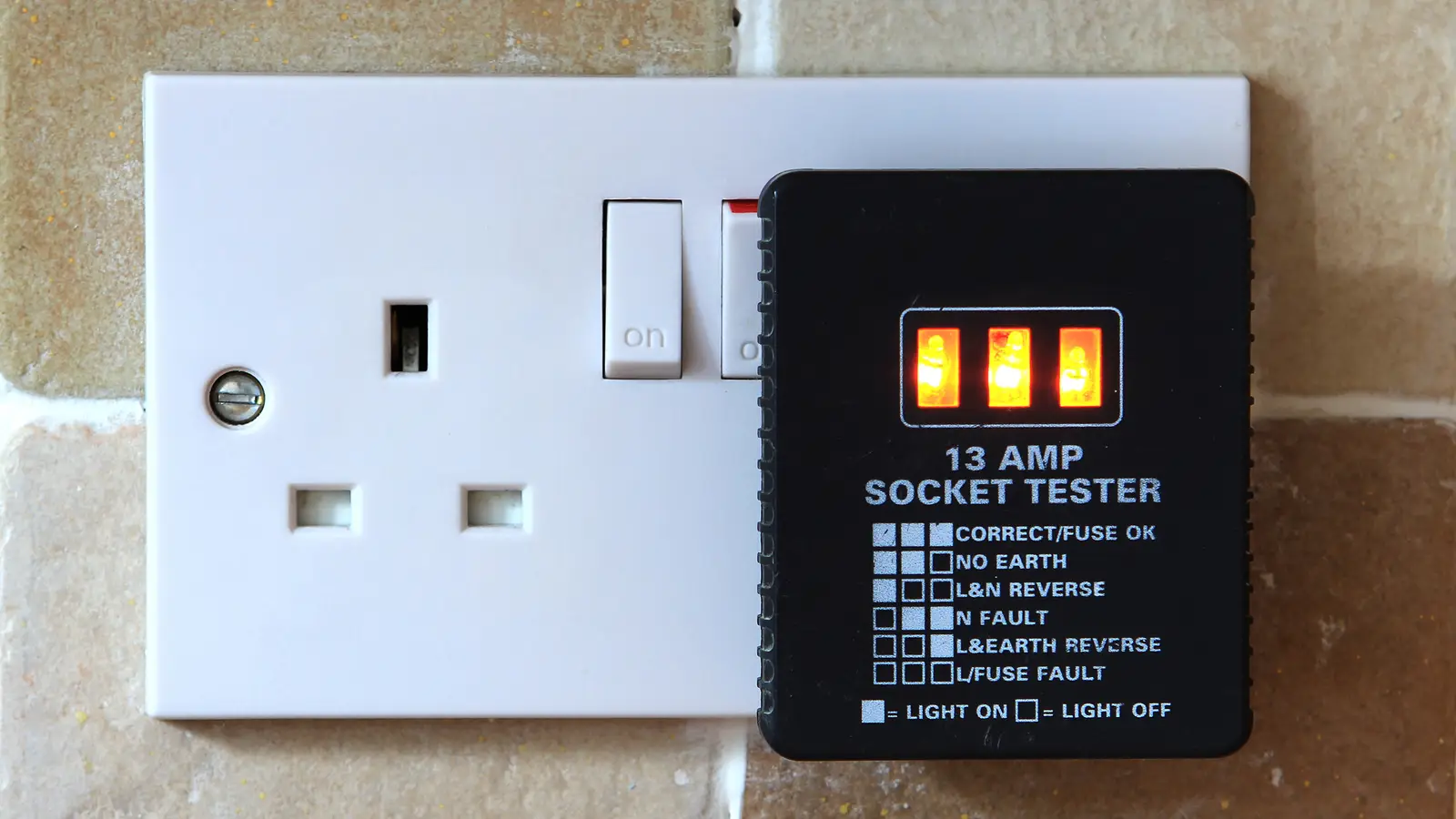
Find out if you can plug a dishwasher into a normal UK socket and what safety rules apply. Quick, clear...
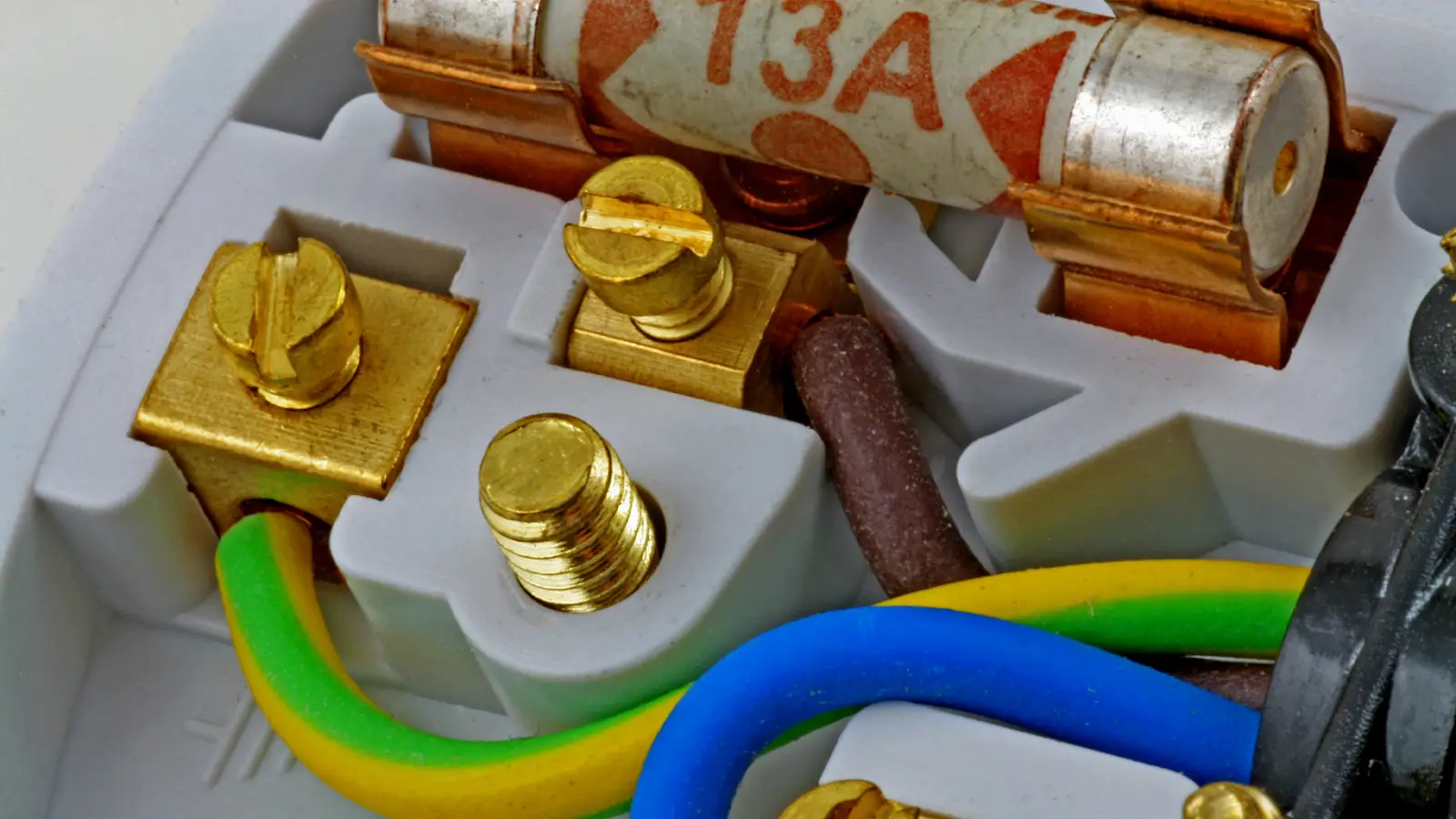
Unsure if a microwave & grill combo can use a normal UK socket? Learn the rules, wattage limits and safety...
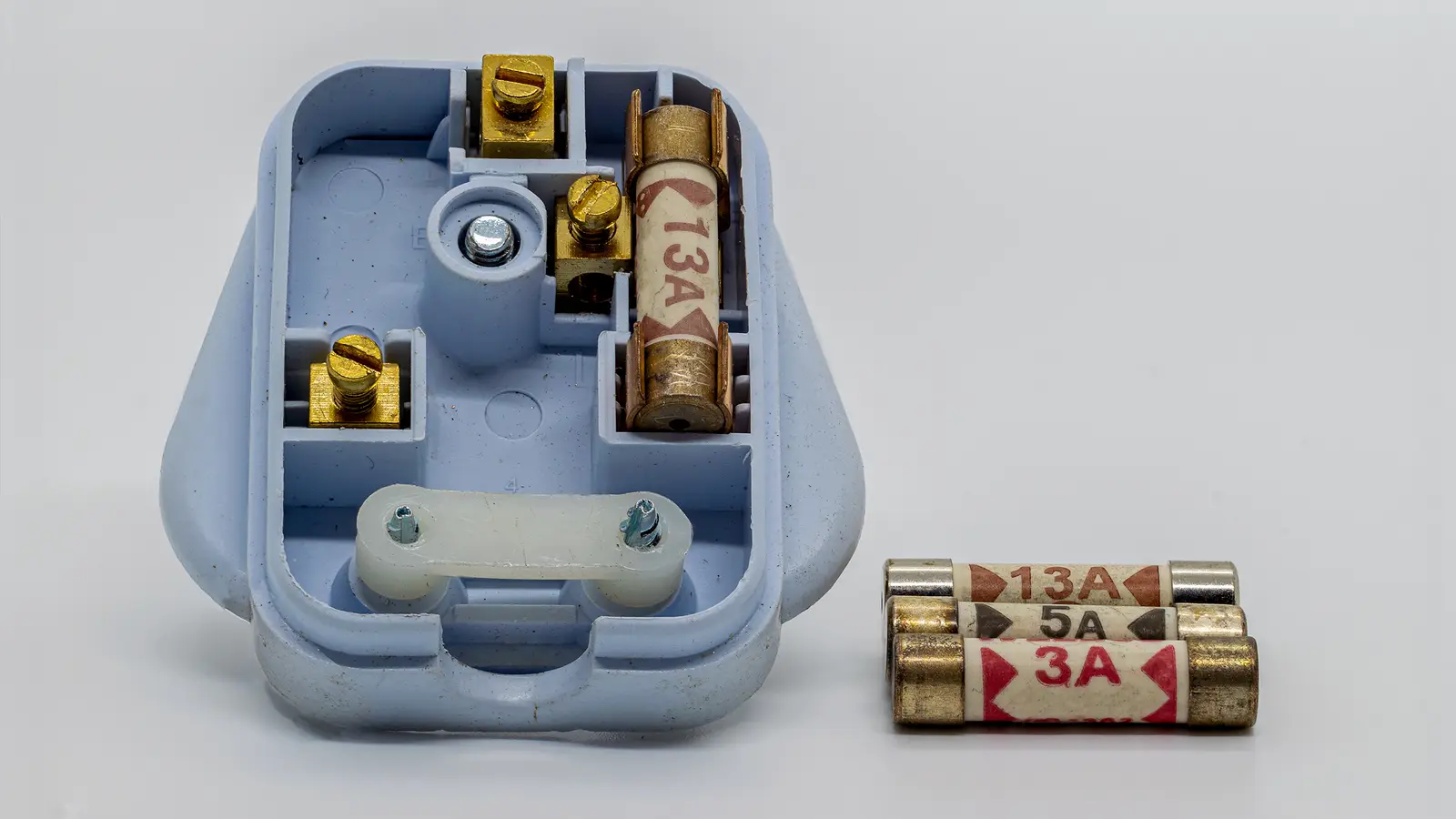
Can you plug a cooker hood into a normal socket? Learn what UK rules allow, safe installation tips, and when...
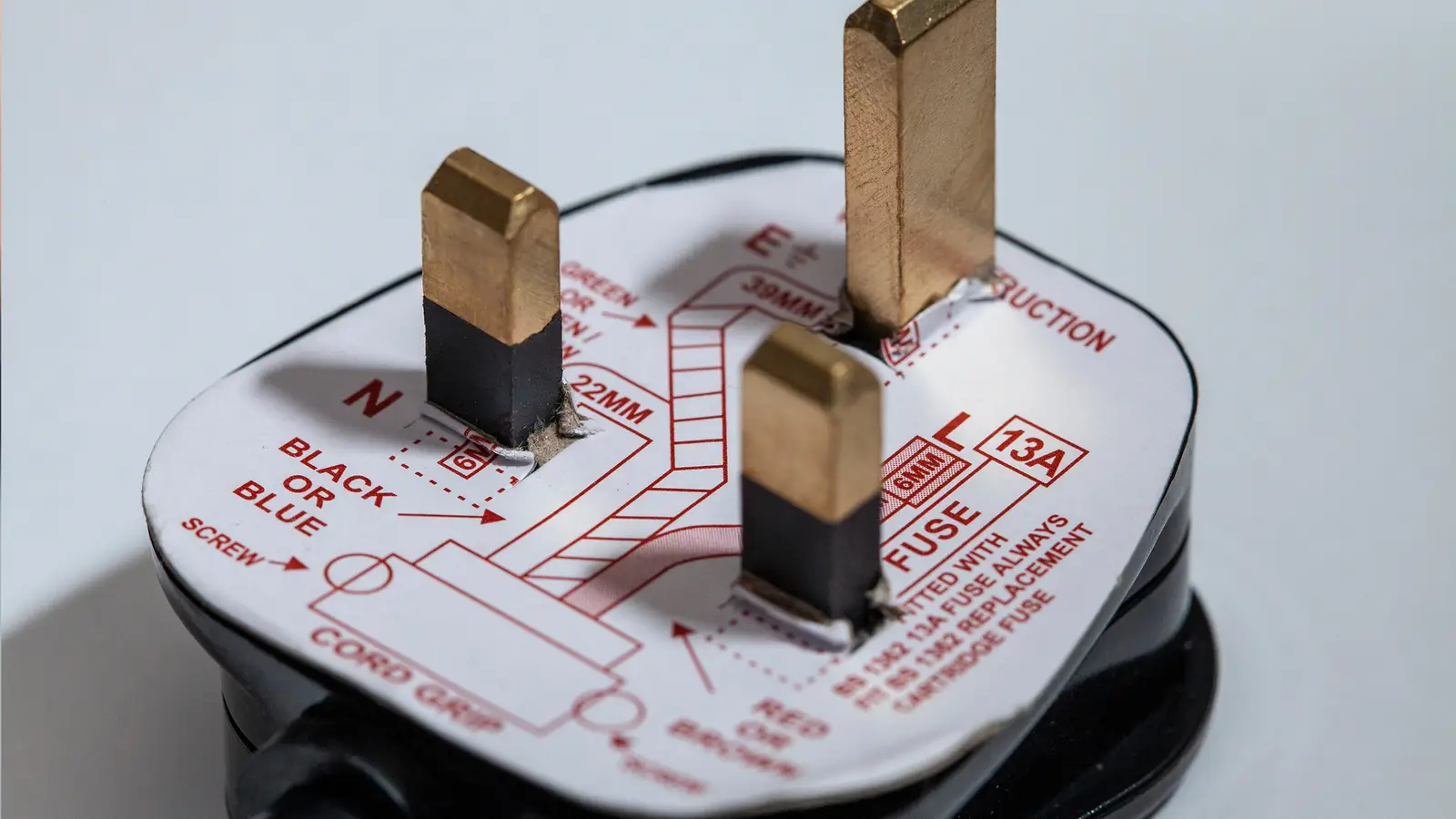
Find out when you can safely plug an induction hob into a normal UK socket and when hard-wiring is required....
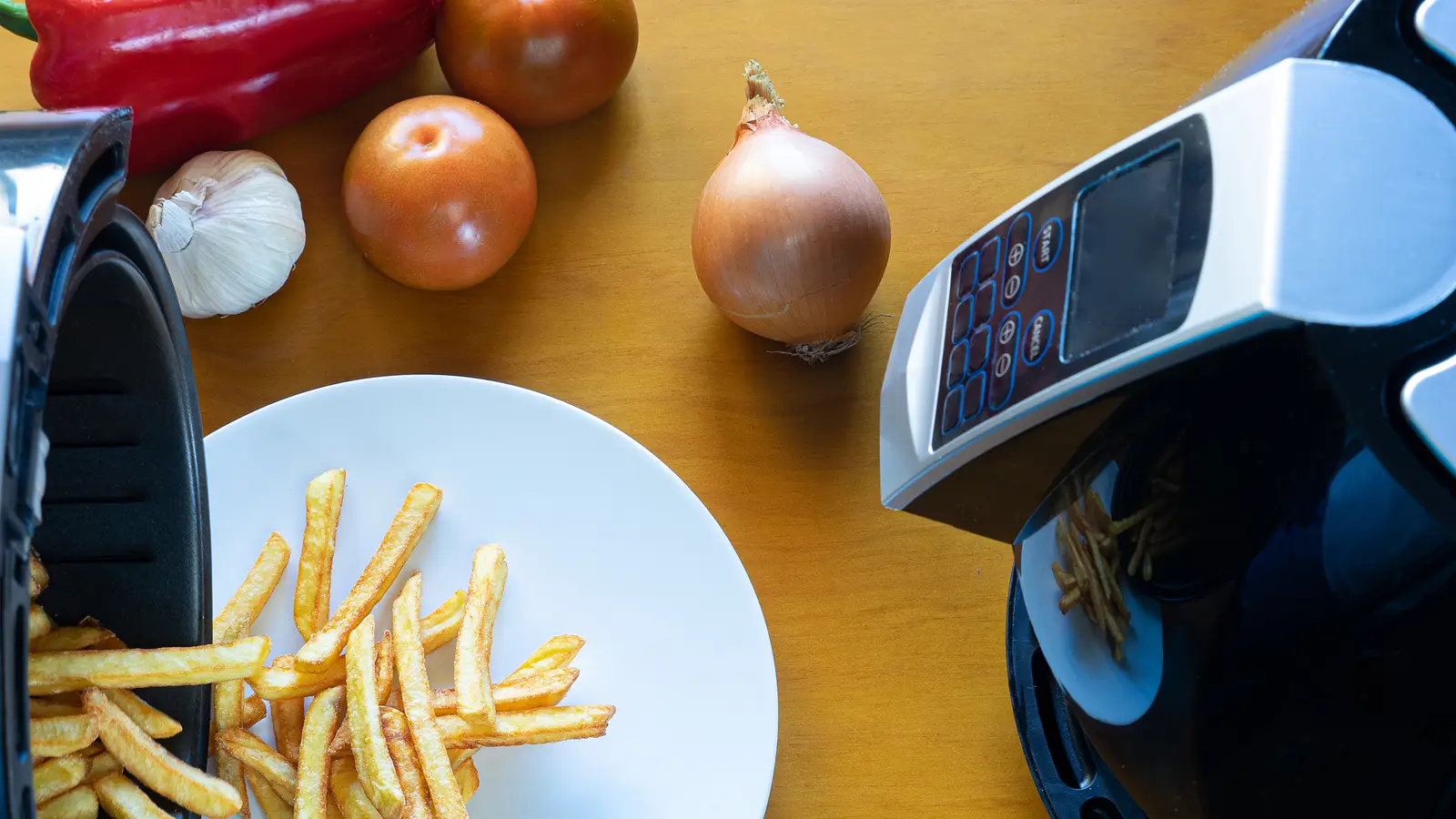
Compare real UK running costs for ovens, air fryers and microwaves. See which appliance saves you the most on everyday...

Storing wine in a fridge can damage flavour and cork health. Learn why temperature swings matter and how to store...

Learn how rubber feet, shelves and flooring reduce vibration in wine storage. Keep your bottles stable and ageing perfectly. Read...
